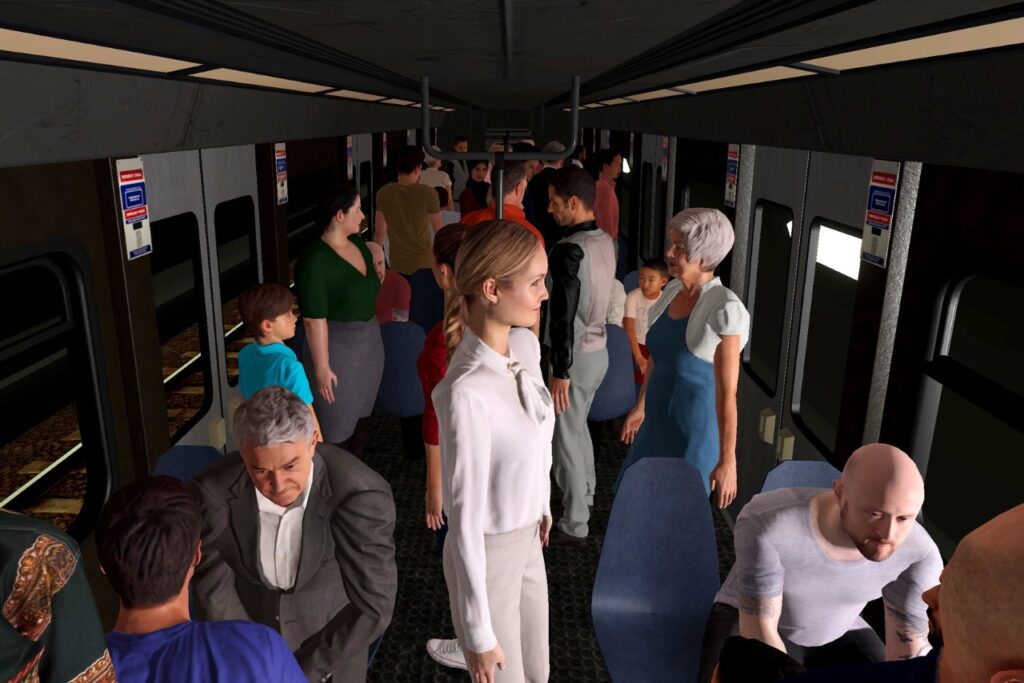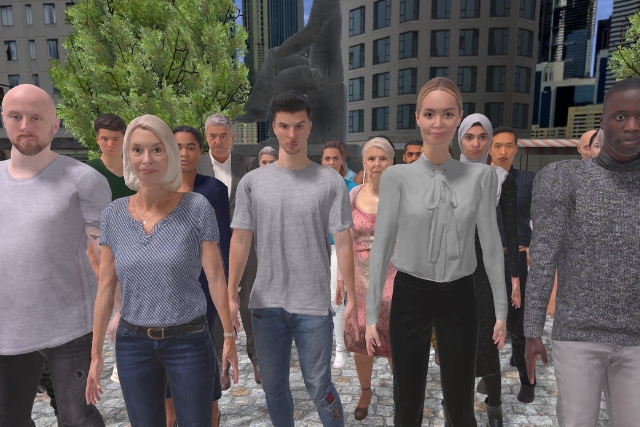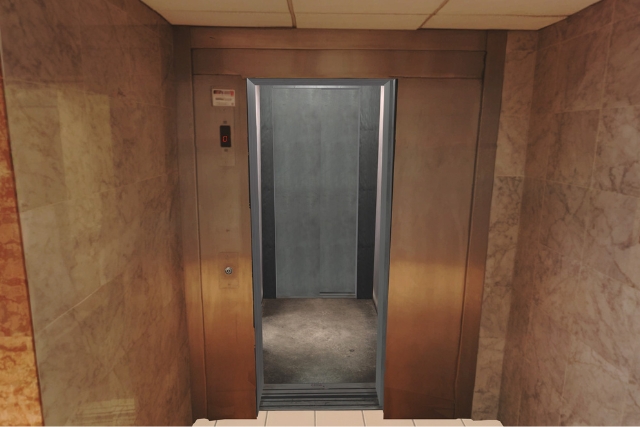Why such efficacy ?
1. Immersion
The user will be immersed in virtual environments designed to recreate everyday situations in the subway.
2. Cognitive restructuring
The user will unlearn negative reactions, such as catastrophic thoughts (“Something bad will happen to me”), and rebuild positive thought patterns (“Everything will be fine”).
3. Repetition
Through repeated exposures, these patterns will become quickly and permanently ingrained in your mental functioning.
4. Progressiveness
The gradual increase in the difficulty of the environments will allow the user to progressively desensitize to the anxiety experienced and regain confidence in their abilities.
5. Personalization
With Artificial Intelligence, they will be supported and encouraged in a personalized way throughout the exposures.
Receive the C2Care method for free, combining Artificial Intelligence and Virtual Reality !
The AI revolution !
The different situations in the subway !
Low occupancy subway
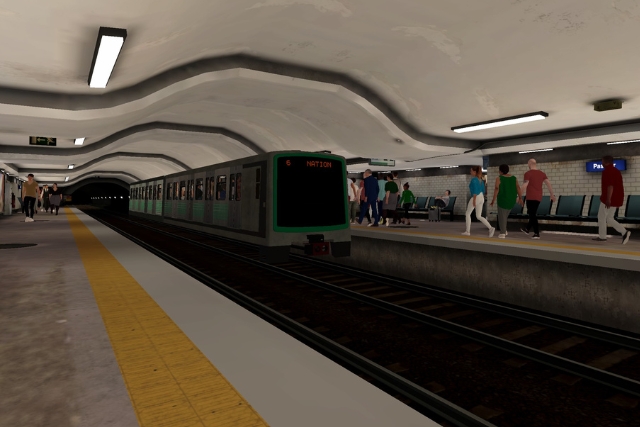
Low occupancy subway
The low-occupancy subway environment allows for progressive exposure in a less anxiety-inducing context. It recreates a realistic ambiance with few passengers, limiting stimuli while gradually acclimating the user to the space.
This environment is ideal for gently working on fears related to public transportation. It effectively prepares users for more intense situations, such as rush hours, by instilling a sense of control and calm.
High occupancy subway
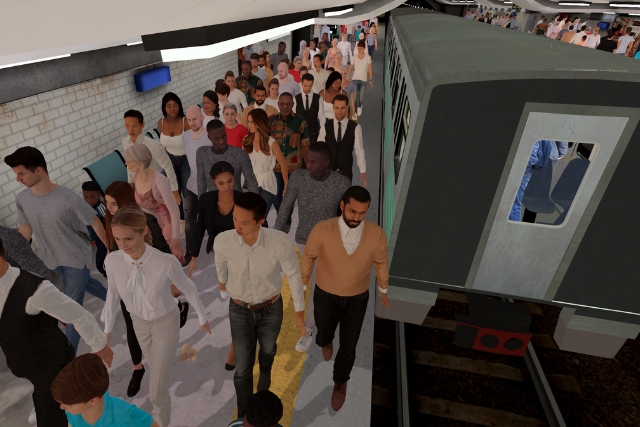
High occupancy subway
This environment faithfully reproduces the bustling atmosphere of rush hours, complete with crowd movements and elevated noise levels. It is designed to progressively confront the most stressful situations associated with public transportation.
This immersive environment helps users work on stress management in the face of agitation and social interactions in a confined space. It is an essential step in enhancing adaptation skills for real-life contexts.
Night subway

Night subway
The night subway offers a unique atmosphere, with dim lighting and a small number of passengers creating an ambiance that is both calm and potentially intimidating. This environment provides an opportunity to overcome apprehensions related to nighttime travel, which is often perceived as less secure.
By helping to better manage anxiety about the unknown and feelings of isolation, it promotes gradual exposure, builds confidence, and prepares for calmer nighttime journeys.
Broken-down subway
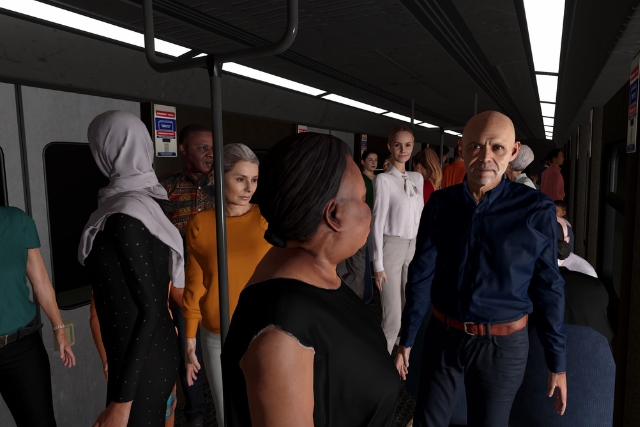
Broken-down subway
This environment simulates a situation of immobilization, often a source of stress and anxiety for many people. Through realistic elements such as prolonged stops, lack of control, and waiting in a confined space, this environment helps users work on fears related to unexpected events. It fosters better emotional management in the face of disorientation while strengthening the sense of control.
This gradual immersion prepares users to handle such situations calmly and confidently.
Lives changed thanks to our method.
An approach based on CBT (Cognitive Behavioral Therapy)
Based on the cognitive-behavioral approach, our solutions help deconstruct limiting thought patterns and rebuild confidence in one’s abilities.
By recreating realistic virtual environments, exposure enables individuals to confront their fears or stressful situations while being supported. It allows for safe, controlled, and gradual exposure to anxiety-provoking or phobic situations.
They testify to the effectiveness of C2Care !

Jeanne - User
Taking the subway was an insurmountable challenge for me, between the crowds and the dark tunnels. Thanks to the C2Care support and their immersive virtual reality sessions, I was able to gradually expose myself to these situations. Today, I take the subway with no anxiety and with great pride.

Jordan Fannis - Psychologist
I saw in the field what it brings to my patients, satisfaction, and then with a little bit of gamification, we enjoy going to work. It creates a kind of connection between my patients and me.

Thomas - User
I did everything to avoid the subway, even if it made my travel a lot more difficult. With C2Care’s virtual reality therapy, I learned how to manage my anxiety step by step. Now I can get on a wagon without panicking, and it has changed my daily life.

Henry - User
The very idea of getting off at a subway station terrified me, and I was always dependent on others to get around town. Thanks to the immersive exercises offered by C2Care, I gained confidence in myself. After a few months, I travel alone on the subway, and this frees me !

Dr Redwan - Psychiatrist
The advantage is that you can precisely control the virtual environment, adjust the stimuli, adapt to the needs of the patient. There is the notion of safety that is very important, which can help them to take a step forward because they feel safer to face their fears.
Do you need further information or have any specific questions ?
Our environments in image









